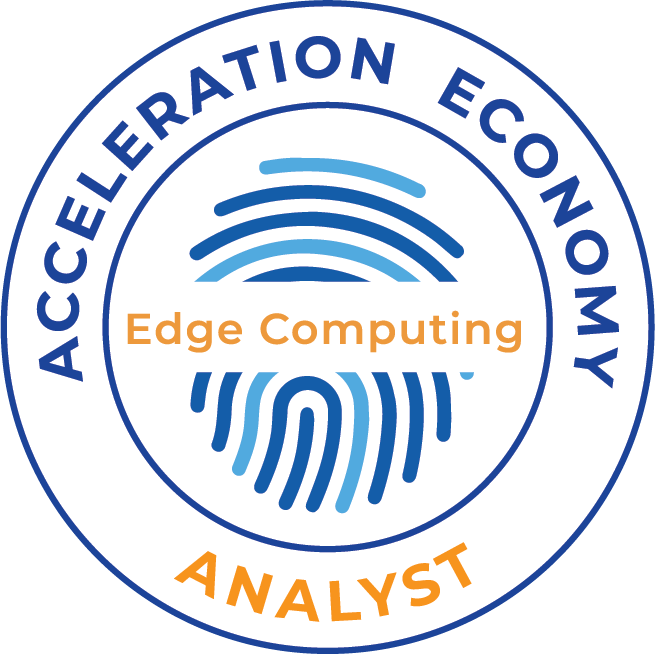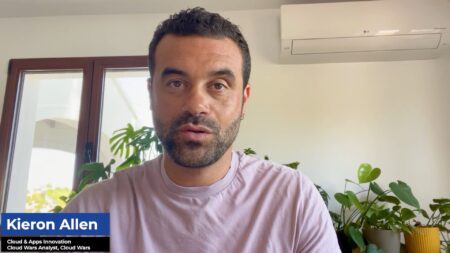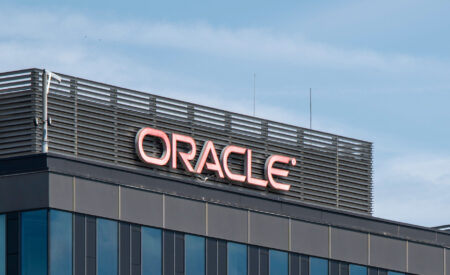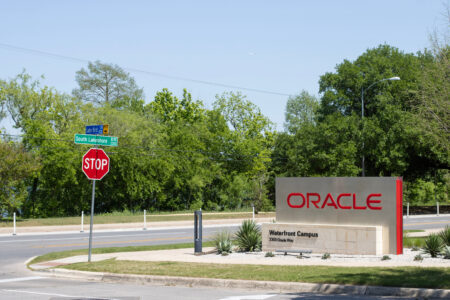In episode 16 of The Cutting Edge Podcast, Leonard Lee discusses the secure access service edge (SASE) framework and describes the concept within the context of edge computing.
Highlights
00:49 — In principle, SASE is about enabling secure, anywhere, anytime access from any device, according to Gartner, the research firm that coined the term, acronym, and concept back in 2019. In practice, SASE is a conceptual architecture; think of it as a cloud-managed, enterprise-wide area network that supports any access modality. Further, it leverages advancements in cloud computing and provides tools for implementing zero trust frameworks.
02:19 — Leonard has identified five core SASE capabilities:
- Software-defined wide-area network
- Secure web gateway (SWG)
- Cloud access service breaker (CASB)
- Firewall-as-a-Service
- Zero trust network access
04:46 — Vendors approach the implementation and interpretation of SASE in product portfolios differently from other vendors. Some of the prominent SASE players are Netskope, McAfee, and Palo Alto Networks. Leonard says these vendors are trying to create the ERP of networking and security for the enterprise.
05:44 — What does SASE have to do with edge computing? SASE sits on top of the access network, enabling new edge paradigms, and providing users and endpoint devices with secure access to a fast, expanding range of cloud and on-premise applications.
06:21 — Leonard says this provides IT organizations with integrated, flexible security and network management features that give users access to enterprise resources that they may not have had before.
Key Takeaways for C-suite
07:31 — SASE is a relatively difficult transformation journey for many IT organizations that have a long legacy of “older stuff” in their data centers and networks. Only a small fraction of enterprises have migrated to the cloud — most organizations will have “a long journey writing up the SASE maturity curve,” notes Leonard.
08:15 — SASE is expensive, and it can be hard to find a vendor that can deliver against “the future state of SASE.” Leonard encourages organizations to find a partner to support their SASE journey.







